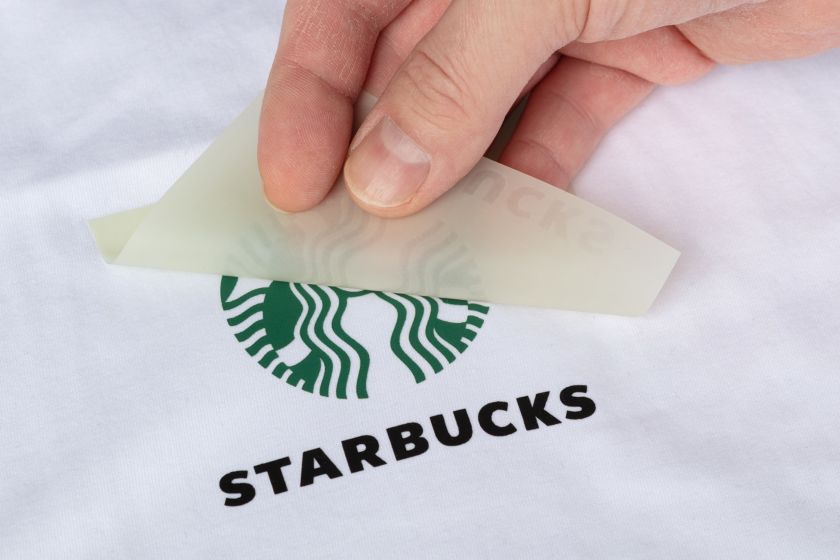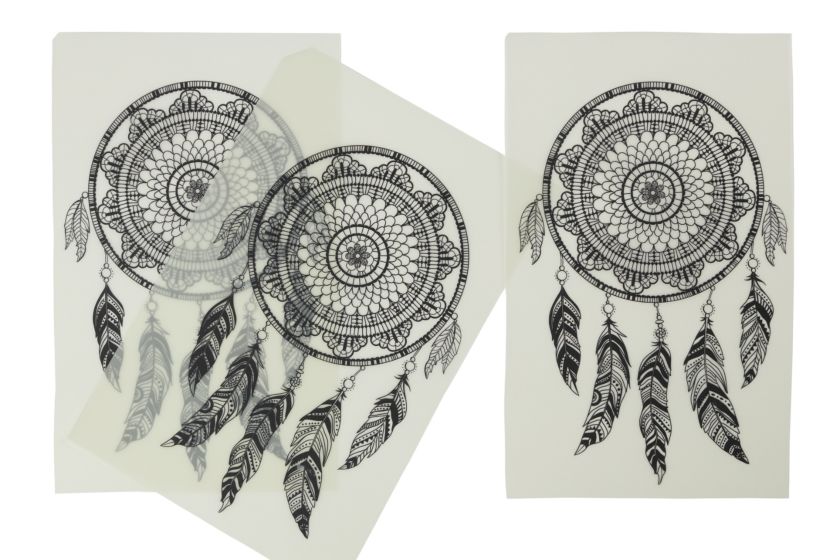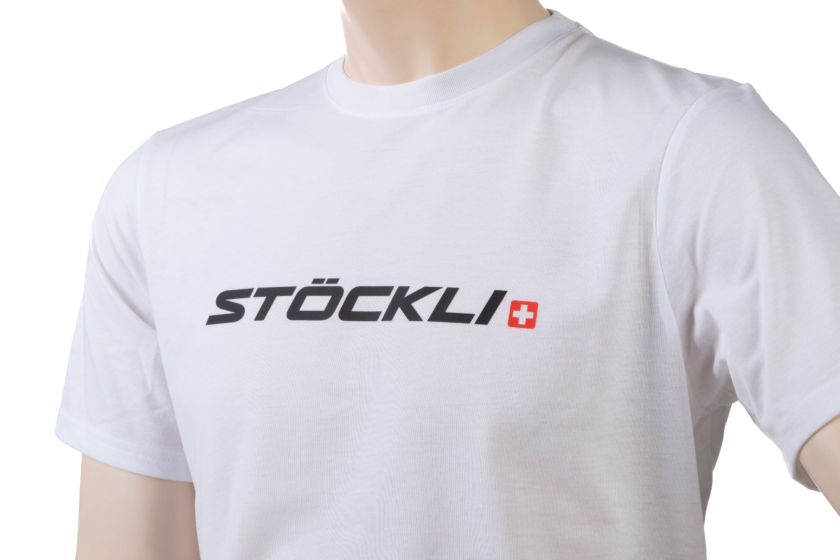Use of Blocker in Screen Printing.
When to Choose Transparent and When Grey?
Every textile behaves a little differently when printed. Cotton is usually the easiest in this respect – colours adhere well to it and are generally not affected by the substrate. Our inks are opaque, which means that in most cases they do not need to be underprinted with another colour layer.
Sometimes, however, it is necessary to print on textiles whose properties can affect the final print colour. This typically applies to materials where the base colour can bleed through into the top print – for example, softshell, coloured polyester or other problematic fabrics. In such cases, a blocker is used – an extra layer of grey or transparent ink that protects the design from the influence of the substrate and ensures that the shade remains exactly as intended.
When should you choose transparent and when grey?

- A transparent blocker is used not only to prevent colour migration from the fabric, but also when the artwork contains fine lines. The blocker ensures that these delicate details are not damaged after heat pressing.
- A grey blocker offers stronger protection, especially when printing on functional textiles such as softshell. Whether it is necessary depends on the material and your judgement. Since even well-known brands nowadays sometimes use synthetic or lower-quality fabrics, we cannot always be certain of the textile composition.
This method is very effective. However, due to the constant development of new fabrics and dyes, it must always be tested on a sample first – in extreme cases, colour bleeding from the textile can occur even with a blocker layer.
For this reason, we recommend always testing the transfer on the target fabric first, to evaluate whether a blocker is needed. You can use our samples for this purpose. In some cases, a
chemical reaction may occur that affects the colours even a week after pressing or only after the first wash, when aggressive substances (pigments, coatings, etc.) are released from the textile. Therefore, we also recommend performing wash tests after application.

For which products can a blocker be used?
In our range you will find various types of transfers that differ in both inks used and production technology. However, a blocker cannot be applied to all of them.

A blocker can be selected, for example, with classic Plastisol Transfer, Water Transfer, Neon Transfer or Sport Transfer.
For most effect products it cannot be used for technological reasons – the only exception is the Glow Transfer, where a blocker is possible. For instance, with glitter effects, the ink layer is so thick that the colour remains stable even without a blocker.
A relatively new technology in our range is the DTF transfer, where unfortunately the use of a blocker is not yet possible. Therefore, we recommend that when applying on problematic materials, such as softshell or coloured polyester, you always perform a test application first. This helps to prevent situations where the base colour might affect the final print.




